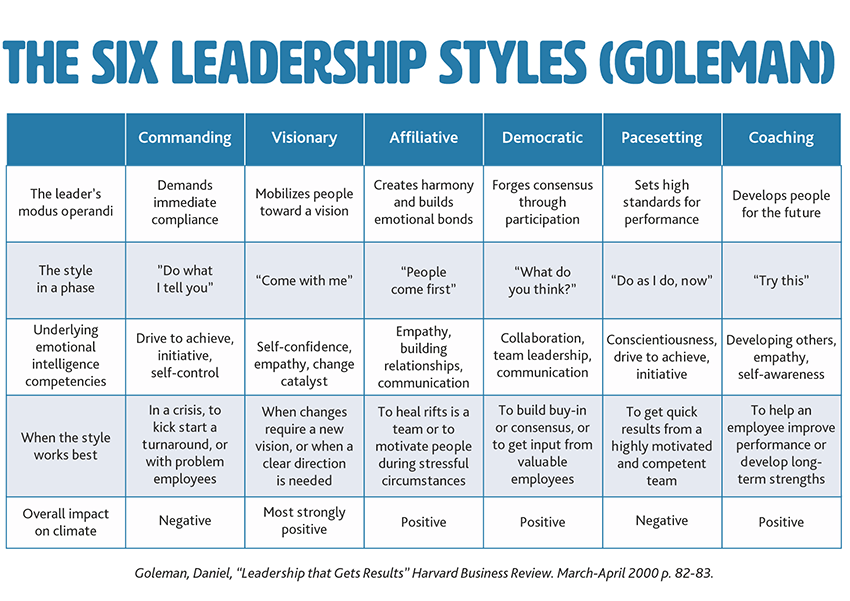What is the future of Work
The U.S. economy is projected to add 8.3 million jobs from 2021 to 2031, according to the U.S. Bureau of Labor Statistics (BLS). Total employment is projected to increase from 158.1 million to 166.5 million and grow 0.5 percent annually.
The 2021-31 projections used the 2021 annual average employment levels as the base year. The 2021 annual average levels do not reflect much of the employment recovery and reallocation that has already occurred in the aftermath of the COVID-19 pandemic and the accompanying recession, given total employment continued to grow rapidly through the first half of 2022.
As a result, total employment for the 2021-31 projections, and projected growth in many sectors, reflects fast projected growth resulting from low base year employment levels.
However, the pandemic also has been a catalyst for some structural changes in demand for certain goods and services, which are expected to affect long-term demand for employment in a selected group of industries and occupations.
The Total projected employment growth is conditioned upon expected growth of the economy and of the labor force, both of which can be influenced by changes in the population.
What does all these mean for the future of Managing Projects
The computer and mathematical occupational group is projected to experience much faster than average employment growth of 15.4 percent through 2031. Expected strong demands for IT services, including cybersecurity services and cloud computing, will fuel demand for computer occupations.
For mathematical occupations, expected robust growth in data- in part related to Internet of Things (IoT) and the connectivity of consumer products and industrial machinery--and demand for data to be collected and analyzed are main factors behind strong projected employment growth. Three computer and mathematical occupations are featured among the ten fastest growing occupations: data scientists, information security analysts, and statisticians.
In addition, software developers are expected to see the third-largest increase in jobs of any occupation over the 2021-31 decade.
The future of leading people

The science leading people is teamwork. Leadership is a role that can be used to motivate teams to achieve an organization’s common goal. Leadership in science is like in making of a light bulb- the fusion, the synergy to bring to fruition the potential to light up a place. It is the ability to empower a diverse team and create an inclusive culture that sustains supportive energy and commitment so everyone on the team is eager to contribute their best.
Put simply, the collective mindset of an organization shapes its culture and sustainability. We all bring to this collective mindset a set of assumptions, a perspective, methods, or notations. Everyone operates somewhere along a continuum from an inward to outward mindset. Our position on that continuum profoundly affects our performance, influence, and individual effectiveness. You are the person who will coach your team to reach their full potential, bring out the best of each individual, and in turn achieve your career goals.
The six basic styles of leadership proposed by Daniel Goleman leadership
Coercive leadership
Authoritative leadership
Affiliative leadership
Democratic leadership
Pacesetting leadership
Coaching leadership

Of all these leadership styles, the most advantageous for the future of managing projects is the Coaching leadership style which can also be referred to as Transformational leadership.
The core practices of this leadership style is include:
- Being an influence
- Making an impact
- Focusing on following a vision
- Encouraging teams collaboration
- Being positive
Transformational leadership is defined as a leadership approach that causes change in individuals and social systems. In its ideal form, it creates valuable and positive change where followers are influenced and motivated with the end goal of developing them into leaders. In its authentic form, transformational leadership enhances the motivation, morale and performance of followers through a variety of mechanisms.
These include connecting the follower's sense of identity and self to the mission and the collective identity of the organization; challenges teams to take greater ownership for their work, and understands the strengths and weaknesses of his team, so the leader can align teams with tasks that optimize their performance
This approach creates significant change in the life of people and organizations. It redesigns perceptions and values, and changes expectations and aspirations of employees.
Implications
We earlier had established according to the U.S. Bureau of Labor Statistics (BLS) that projections for the next decade speaks to the fact that more work would have to be executed by project managers. There’s a trend towards more and more knowledge work being run in a projectized way, which means more and more people doing project management as part of their day job.
So will we need ‘professional’ project managers in the future? People who do hard things- manage people and work - complex and complicated projects.
The role of the project manager has long shifted away from someone who can tick off tasks as complete on a Gantt chart and towards a strategic leadership position for effecting change in an organization. Project managers still provide an irreplaceable human combination of leadership, integration of specialists, and ethical behavior.
As we project and predict, one thing is for sure, the world is going to get more digital. And as the craze for digitalization eats deep, the only certainty of its sustainability is a balance- and that is having strategic, transformational leaders, coaches, influencers, those who lead by example. The role of the project manager has long been shifting away from someone who can tick off tasks as complete on a Gantt chart and towards a strategic leadership position for effecting change in an organization. Project managers still provide an irreplaceable human combination of leadership, integration of specialists, and ethical behavior.
The future of project management is bright. There remains strong demand for people delivering change
Project managers will need to be the humans on the team, connect with others with the skills that you can’t get from your robot colleague.
A transformational leader is this and much more:
- Empathy
- Strategic thinking
- Fun
- Creativity
- Motivation and persuasion
- Thoughtfulness
- Listening.
- Creative
Sources
Employment Projections Home Page : U.S. Bureau of Labor Statistics
Employment Projections: 2021-2031 Summary - 2021 A01 Results
Leadership in Science - PMC
Transformational leadership
Daniel-Goleman-2000-Six-Leadership-Styles-Harvard-Business-Review - Marko Rillo
What’s The Future of Project Management in 2023 and beyond?



.png)
.svg)
.svg)